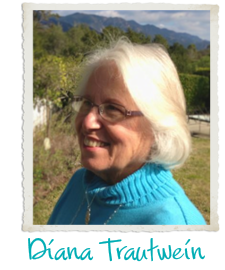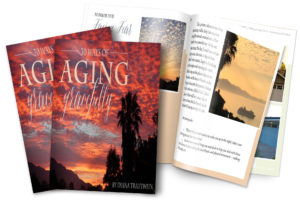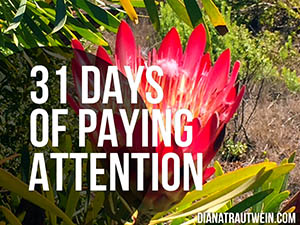one of my husband’s oldest friends and his wife stood in line, shook our hands, wished us well, and jokingly said,
Finding out that they were thinking about
And we got to see some gorgeous country in the process.
a place for pondering life, faith, family
We went there first in 1980. And we left our kids at home for the first time ever. They were 8, 10 and 12 and my parents came and stayed in our home, schlepping them hither and yon for two and a half weeks while we flew across the Pacific to check out the 50th state.
That time we went with another couple, island-hopping to get the lay of the land. But we knew from the very first touchdown on that northernmost and oldest of the islands that we would be back in that place, kids in tow, just as soon as we could possibly make it happen.
And two years later, we did it. All 5 of us sharing a 1-bedroom condo, air mattresses on the floor, mosquitoes buzzing, frogs chirruping by the thousands.
Entered St. Benedict’s Abbey, Benet Lake Wisconsin
Made monastic profession – September 1, 1957
Ordained to the priesthood – September 29, 1962
Baptized by the Holy Spirit – November 1967 and began
ministry to the charismatic renewal.
Elected First Abbot of Pecos Monastery – April 11, 1973
Abbatial Service – 1973-1992
Conventual Prior in San Luis Obispo 1992-2012
I’m fumbling around for the right earrings.


 A retired-part-time-pastor-learning-to-be-a-spiritual-director with a family I adore sensing an increasingly urgent call to write-my-life-down, to preserve my sanity and create some space to breathe. Read my complete profile.
A retired-part-time-pastor-learning-to-be-a-spiritual-director with a family I adore sensing an increasingly urgent call to write-my-life-down, to preserve my sanity and create some space to breathe. Read my complete profile.Sign up for *More Wondering. . . * a monthly personal letter from Diana to you, available only to email subscribers. As thanks, receive a copy of Living the Questions, an 8-chapter ebook wrestling with some of the hard questions of life and faith.





Copyright © 2025 · Prose on Genesis Framework · WordPress · Log in